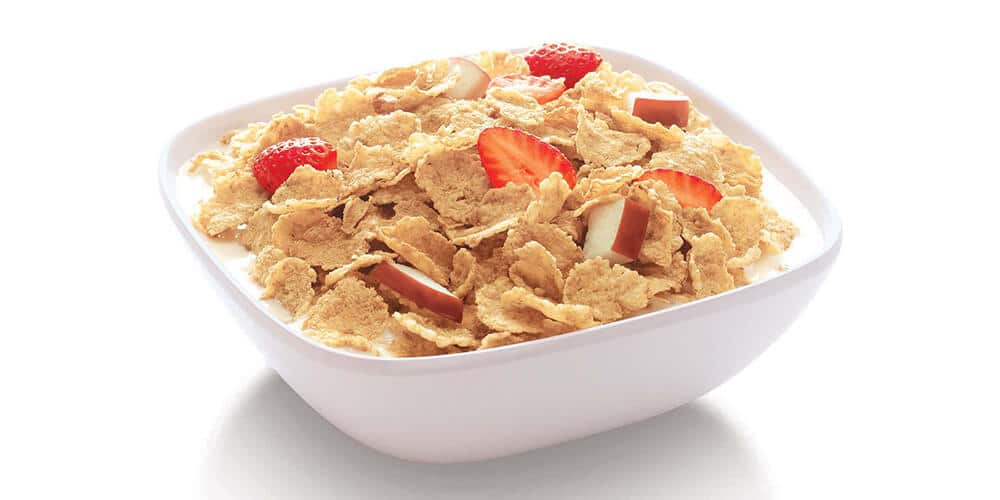
Breakfast Consumption Patterns in India
Findings of ‘Nutritional Adequacy of Breakfast: its relationship to daily nutrient intake among children, adolescents and adults’
USDA recommends that a “balanced breakfast” should be one that is nutrient dense (that is high in nutrients and low in calories).1 A balanced breakfast can be a mix of carbohydrates, fibre, protein, vitamins and minerals. These can be found in many foods and one can pick different breakfast food groups namely cereals, fruit/vegetable and dairy. One serving from each of these good groups can provide a good start to the day.
Some examples of ‘balanced breakfast’ are as follows:
USDA also specifies the nutrients that breakfast should provide.1
The USDA in its recommendations for breakfasts for the SBP (school breakfast program) for children from kindergarten to grade 12 states that the breakfast meal should conform to the following nutrient norms:
Breakfast cereals fit the recommendation made by nutrition experts for healthy eating because they are:
1 USDA School Meals Patterns with Flexibilities for SY 2018/2019 (per Interim Final Rule 82 FR 65703, Nov.30,2017).
Keeping you up-to-date on all things health and nutrition

Findings of ‘Nutritional Adequacy of Breakfast: its relationship to daily nutrient intake among children, adolescents and adults’

Cereal is nutritious, convenient and tastes great. Why is it a popular breakfast choice across the world?

Breakfast matters. It really matters – you’re literally breaking a fast. For eight hours, your body has had no food. Nothing to fuel it. Think it’s okay to skip it? Think again.
Mars Completes Acquisition of Kellanova. Read More